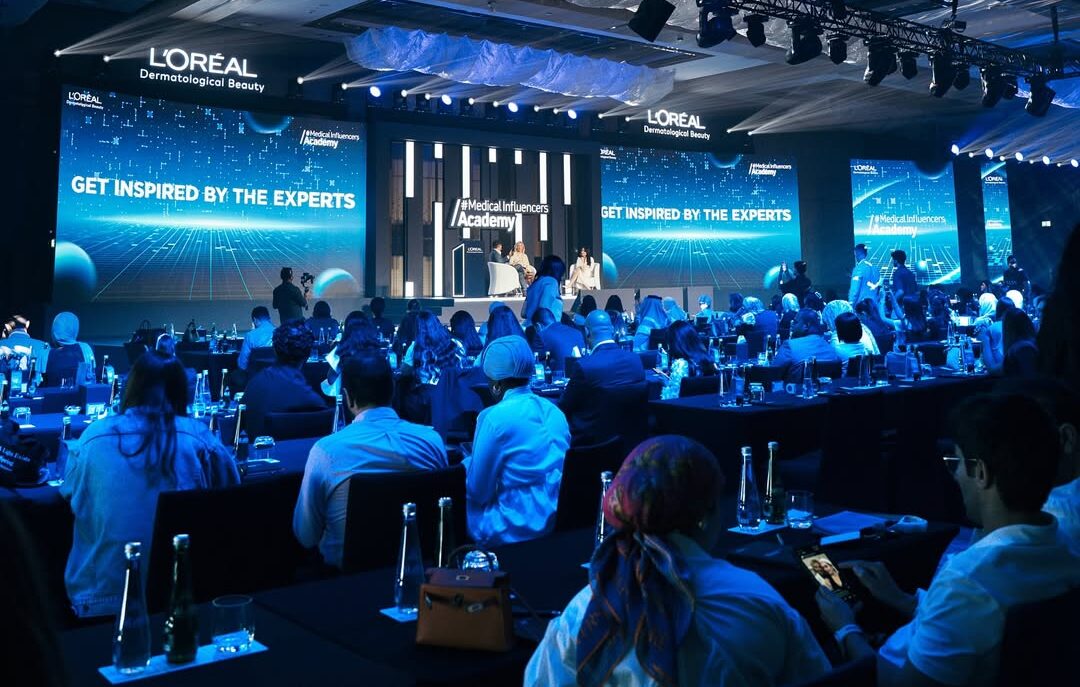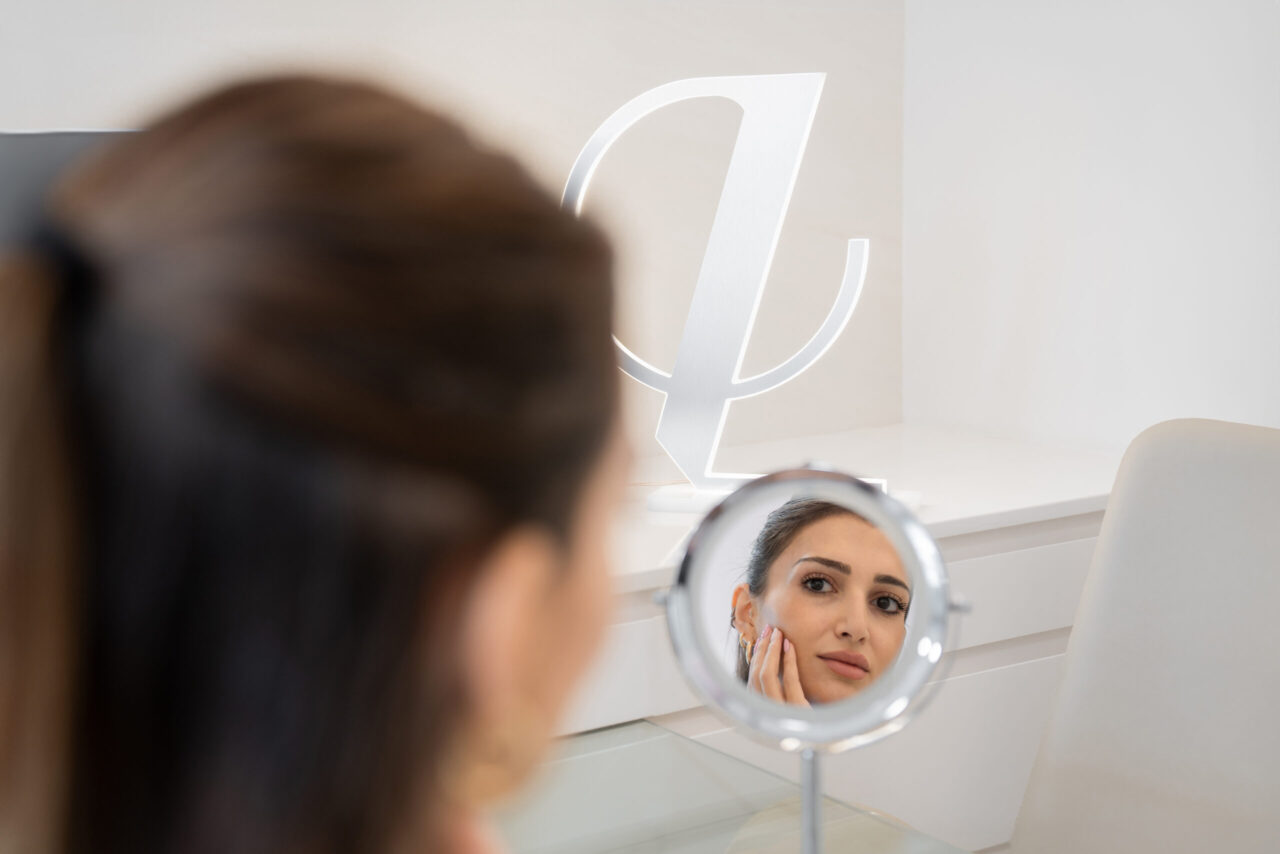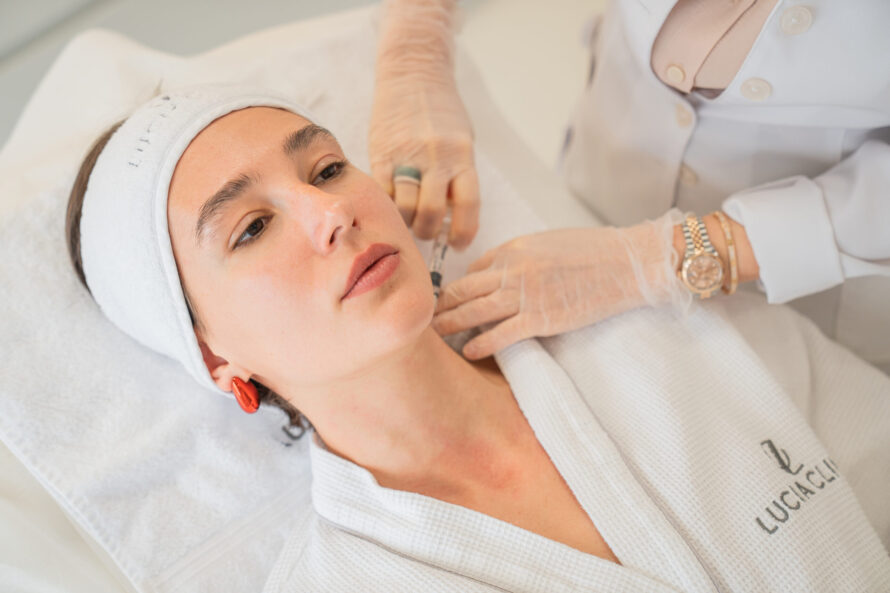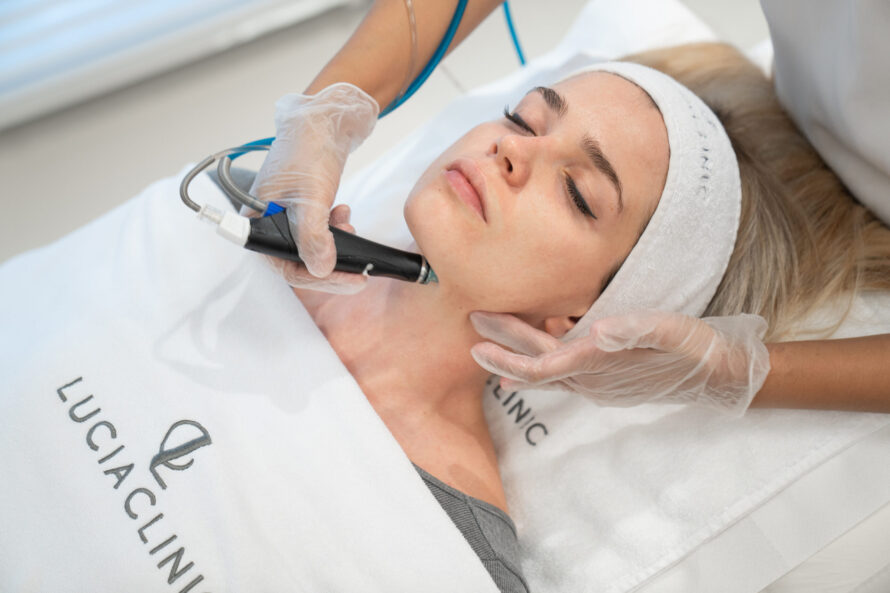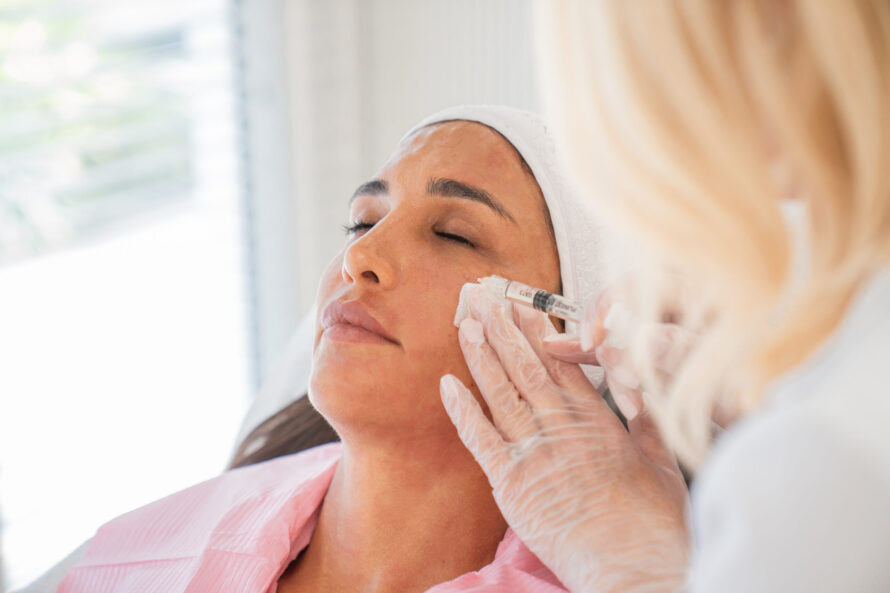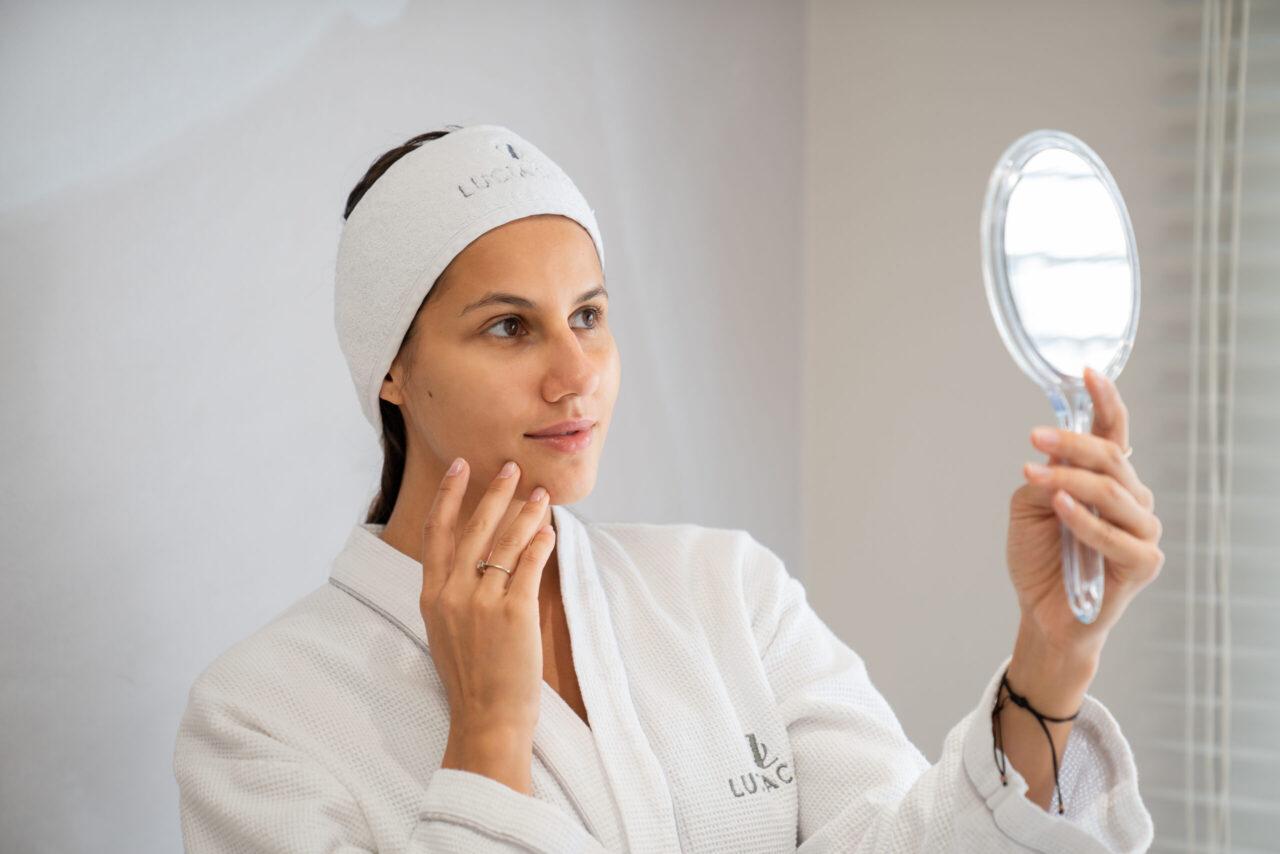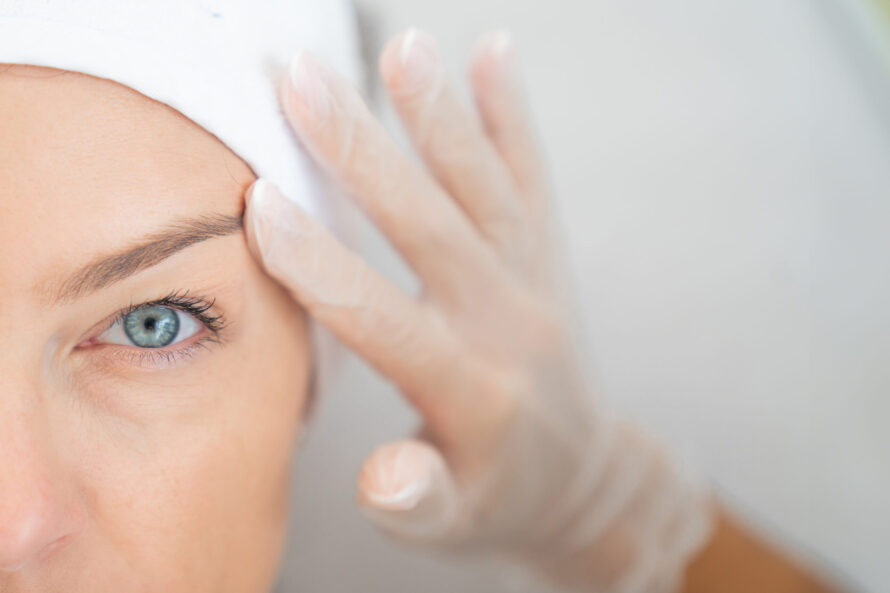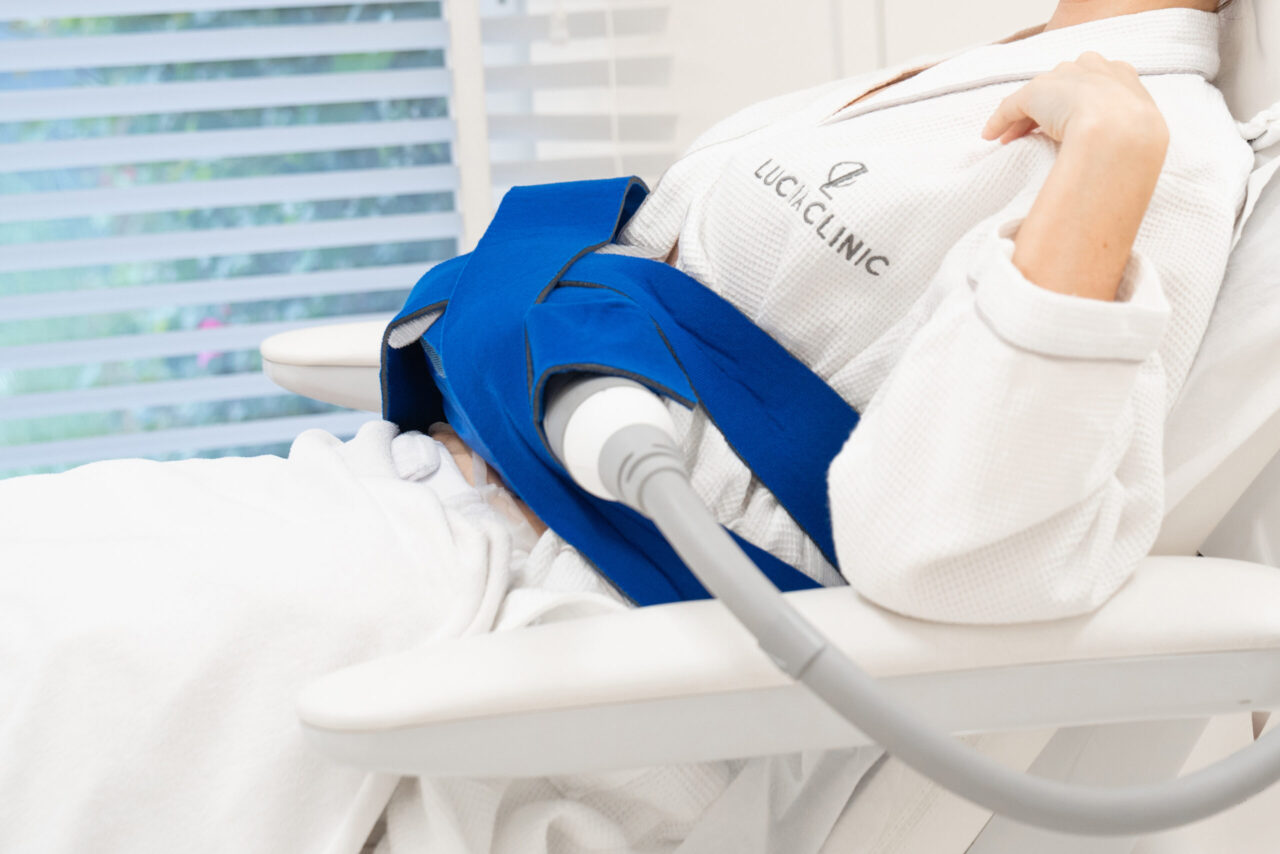
Losing weight is an achievement, but loose skin can make it hard to enjoy the results. Many people struggle with sagging skin after shedding pounds, especially if they lost weight fast. Factors like age, genetics, and how much weight was lost affect how well the skin bounces back. While some natural methods help, they take time and don’t always work for everyone. If you want to quickly get rid of loose skin after weight loss, advanced aesthetic treatments can provide better results. The best aesthetic clinic in Dubai, Lucia Clinic, offers non-invasive and surgical options to tighten and firm the skin, helping you feel more confident in your new body. Keep reading to learn if they’re the right solution for you.
Understanding Loose Skin After Weight Loss
Loose skin is a common issue after significant weight loss. When the body gains weight, the skin stretches to accommodate the extra fat. However, after losing weight, the skin doesn’t always shrink back, especially if the weight loss was rapid. This happens because collagen and elastin, the proteins responsible for skin elasticity, weaken over time.
Studies suggest that around 70% of people who lose a significant amount of weight, especially more than 100 pounds, experience loose skin. Those who go through bariatric surgery are particularly affected, with research showing that about 96% of patients develop excess skin.
The most common areas affected include the abdomen, arms, thighs, and face. Factors like age, genetics, and the speed of weight loss influence how well the skin recovers. Younger individuals with better collagen production tend to have more elastic skin, while older adults may notice more sagging.
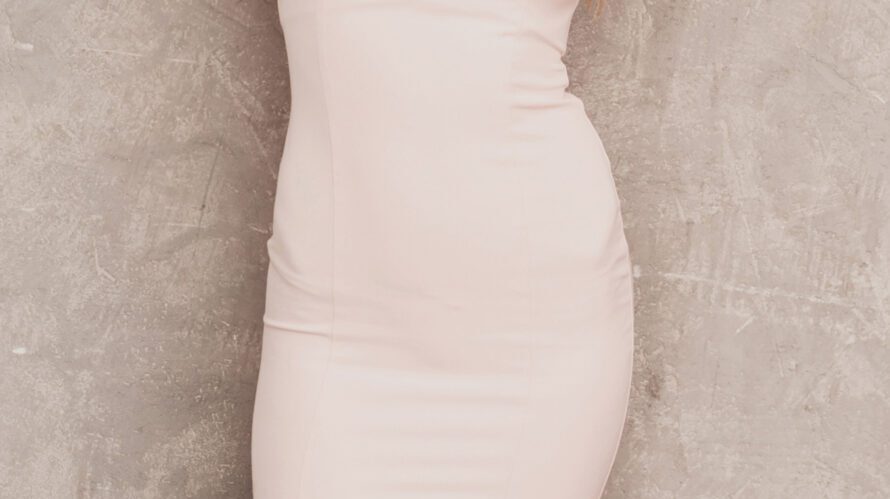
Listen to an expert’s advice on how to quickly get rid of loose skin after weight loss
Lifestyle choices also play a role. Staying hydrated, eating a protein-rich diet, and maintaining healthy skin care habits can improve skin recovery.
Non-Surgical Methods to Tighten Loose Skin
If you’re looking for ways to improve skin firmness without surgery, several methods can help. While these approaches may not eliminate loose skin completely, they can make a noticeable difference over time.
- Strength Training and Muscle Building – Lifting weights and resistance exercises help replace lost fat with muscle, making the skin look firmer. This is especially effective for areas like the arms, legs, and abdomen.
- Hydration and a Collagen-Rich Diet – Drinking enough water keeps the skin plump and elastic, while foods rich in collagen, like bone broth, eggs, and citrus fruits, support skin repair.
- Firming Creams with Retinol and Hyaluronic Acid – Some skincare products can improve the skin’s texture and provide temporary tightening, but results vary. Retinol stimulates collagen, while hyaluronic acid boosts hydration.
- Non-Invasive Skin Tightening Treatments – Advanced weight loss treatments like radiofrequency and ultrasound therapy stimulate collagen production, helping the skin gradually tighten without surgery.
Liposuction: Can It Help With Loose Skin?
Liposuction is a popular procedure for removing stubborn fat, but it does not tighten loose skin. It works best for people with good skin elasticity who need body contouring rather than skin tightening. When the skin lacks elasticity, removing fat alone can sometimes make sagging more noticeable.
For better results, liposuction is often combined with skin-tightening treatments that stimulate collagen production and improve firmness. Some patients choose liposuction in Dubai along with procedures like radiofrequency therapy or a tummy tuck to achieve smoother contours.
Tummy Tuck: The Best Solution for Sagging Abdominal Skin
A tummy tuck Dubai clinics recommend is the most effective way to remove excess abdominal skin and achieve a firmer, more sculpted midsection. This procedure is ideal for people who have lost a significant amount of weight or experienced skin laxity after pregnancy. Unlike non-invasive treatments, a tummy tuck provides long-term results, especially when combined with a healthy lifestyle and proper post-surgery care.
During the procedure, a plastic surgeon makes an incision along the lower abdomen, removes excess skin, and tightens the underlying muscles for a flatter, more toned appearance. In some cases, liposuction is performed alongside a tummy tuck to enhance body contours. The recovery process takes a few weeks, but once healed, the results can be life-changing.
Fat Grafting for Natural Skin Rejuvenation
Fat grafting is a popular technique for restoring volume and improving skin tightness using the body’s fat. This procedure involves extracting fat from areas like the abdomen or thighs and injecting it into areas that need more fullness. It not only enhances contours but also stimulates collagen production for smoother, firmer skin.
Common treatment areas include the face, breasts, and buttocks, where fat grafting helps achieve a more youthful, natural appearance. Since the procedure uses the patient’s fat, there is a lower risk of rejection or allergic reactions. Results from fat grafting Dubai surgeons perform are long-lasting, especially when paired with a healthy lifestyle.
Thigh Lift for Firm and Sculpted Legs
A thigh lift is a surgical procedure designed to remove excess skin and improve leg contours for a firmer, more sculpted appearance. It is especially beneficial for those who have experienced significant weight loss and are left with sagging skin that does not tighten naturally. The procedure targets either the inner or outer thighs, depending on the patient’s needs, helping to create a more toned and youthful lower body.
During a thigh lift in Dubai, a surgeon makes precise incisions to remove loose skin and reshape the thighs. In some cases, liposuction is combined with the surgery to enhance results. Recovery typically takes a few weeks, but once healed, the legs appear smoother and more proportionate.
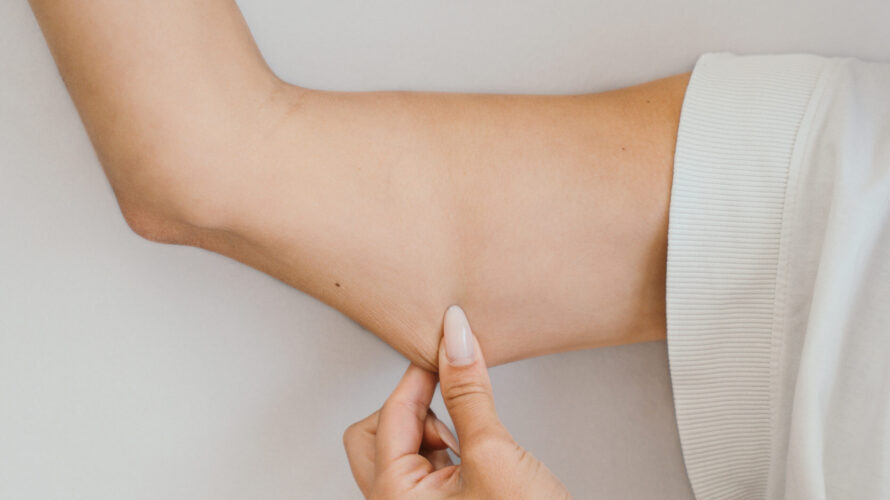
Surgical procedures are some of the best options to get rid of sagging skin after losing weight
Quickly Get Rid of Loose Skin After Weight Loss with Expert Treatments
Loose skin after weight loss is a common concern, but there are many ways to improve skin firmness and restore confidence. While natural methods like strength training and hydration can help, surgical and non-surgical treatments are better to quickly get rid of loose skin after weight loss. A consultation with specialists ensures a personalized approach tailored to your skin type and body goals. Whether you choose non-invasive skin tightening, fat grafting, or a tummy tuck, taking action now can help you achieve a smoother, more sculpted look and feel your best.






